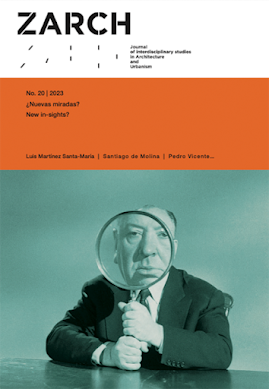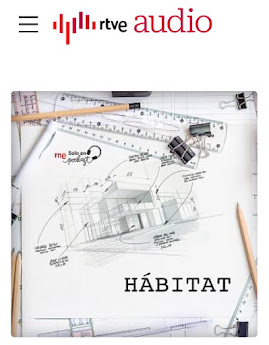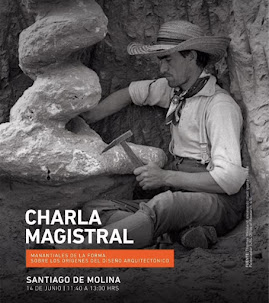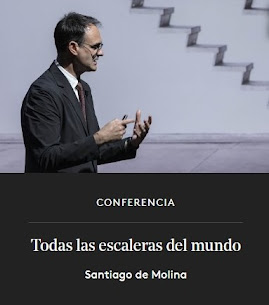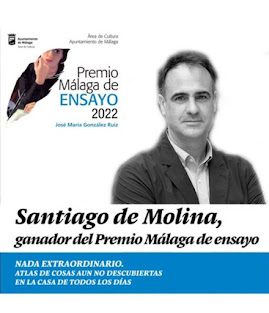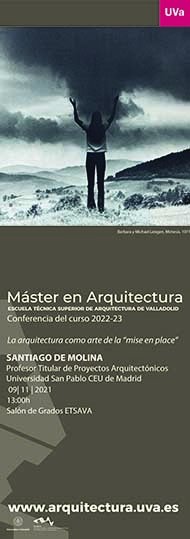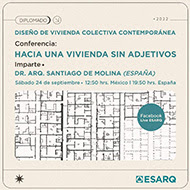De las maravillas del Japón, una que no deja de resultar asombrosa es la condensación allí de esos suelos nacidos para ser pisados con los ojos en relación a los destinados a los pies. Es decir, de esos suelos separados del suelo, dispuestos a ser contemplados como una obra de metafísica antes que como un conjunto de guijarros y piedras. El suelo nos ofrece abismos, puertas e infinidad de sorpresas para el caminante pesaroso. Y no me refiero solamente al encuentro ocasional de monedas o pendientes solitarios. En el suelo aparece el cielo y la entrada al infierno. El suelo recoge el agua y al porquería de los perros. El suelo es el recipiente de las cejas de un empedrado que ofrece dentelladas y tropezones a los caminantes. (Tras cuyo tropiezo miramos al suelo culpándolo de su falta de perfección y lisura). Pocas veces el suelo recupera nuestra atención. Contemplamos el suelo como un paisaje completo ante el cataclismo personal sentados en el banco de un parque. Del mismo modo que Monet sus nenúfares.
El suelo acoge nuestra mirada como una cuna ancestral. El suelo es la penúltima y despreciable superficie que tiene la arquitectura, aun hoy, ser una fuente de pensamiento, de devolvernos a la vida real. Lo cual no deja de resultar un buen antídoto. Que un lugar que acumula la porquería de la vida y la muerte, la mugre y las hojas secas, se vuelva un objeto de pensamiento supone una forma de andar por el mundo alternativa.






,%20India,%20photo%20by%20H.G.%20Ponting,%20y%20Fala%20Atelier,%20Casa%20Suspendida,%20Oporto,%20imagen%20Fala%20Atelier.jpg)








.jpg)












_-_left_hand_screen,%20imagen%20wikipedia.jpg)












